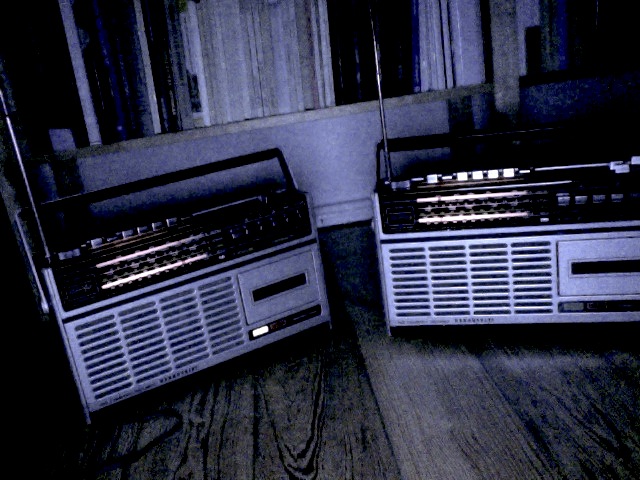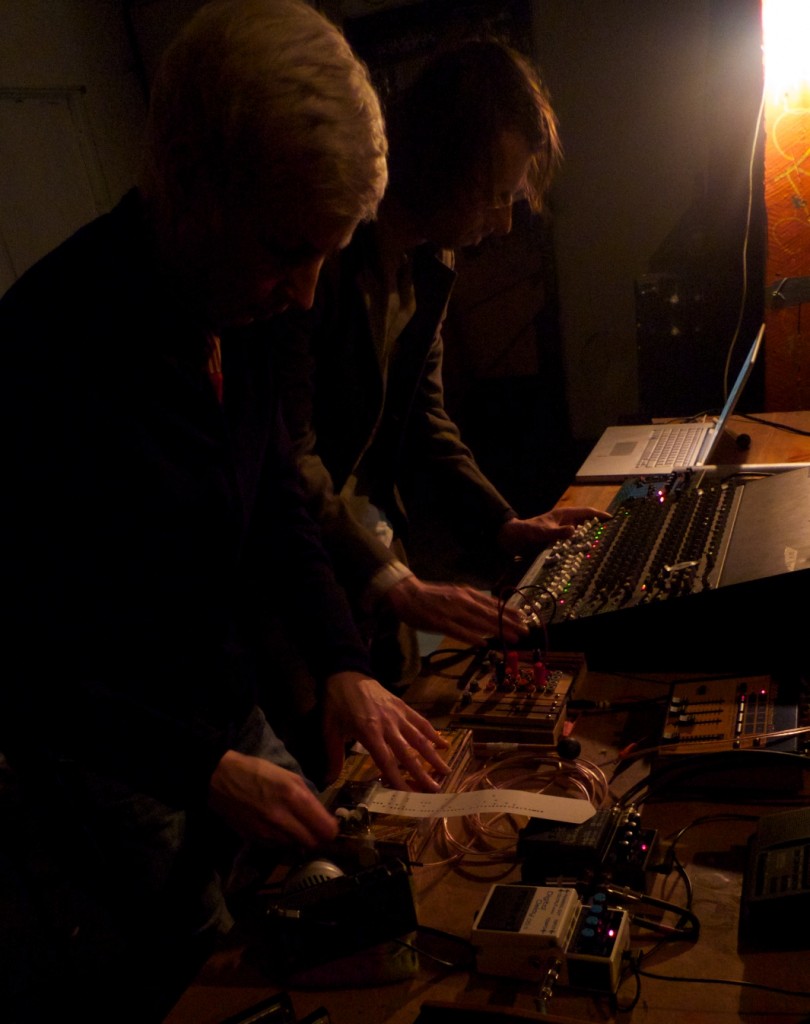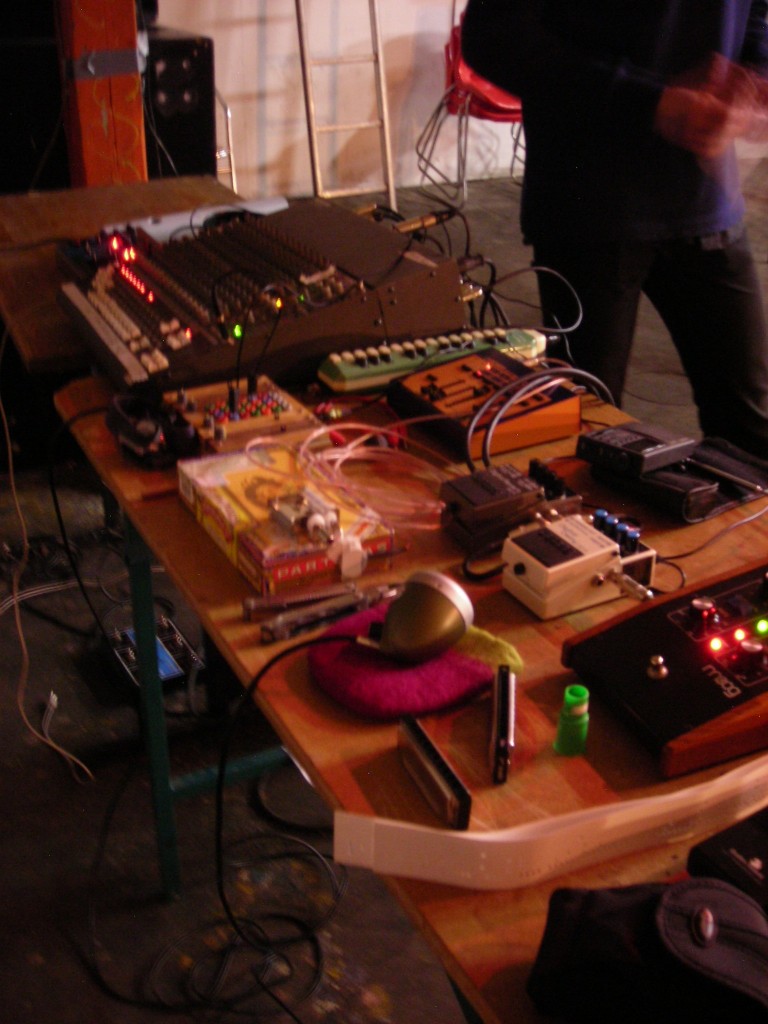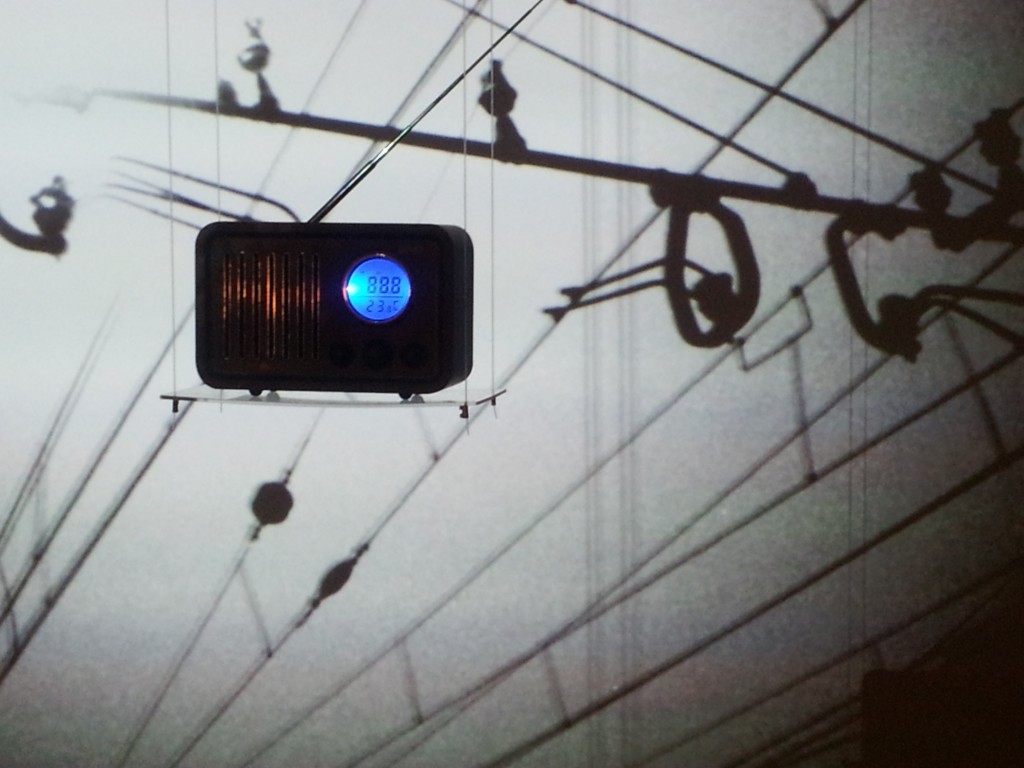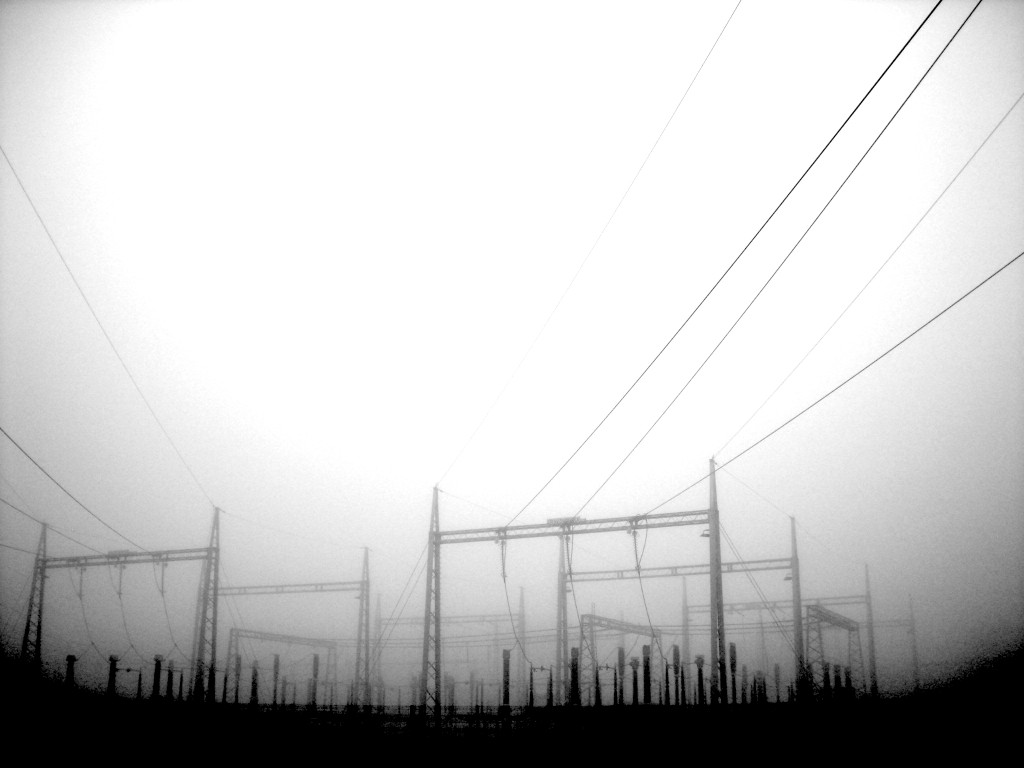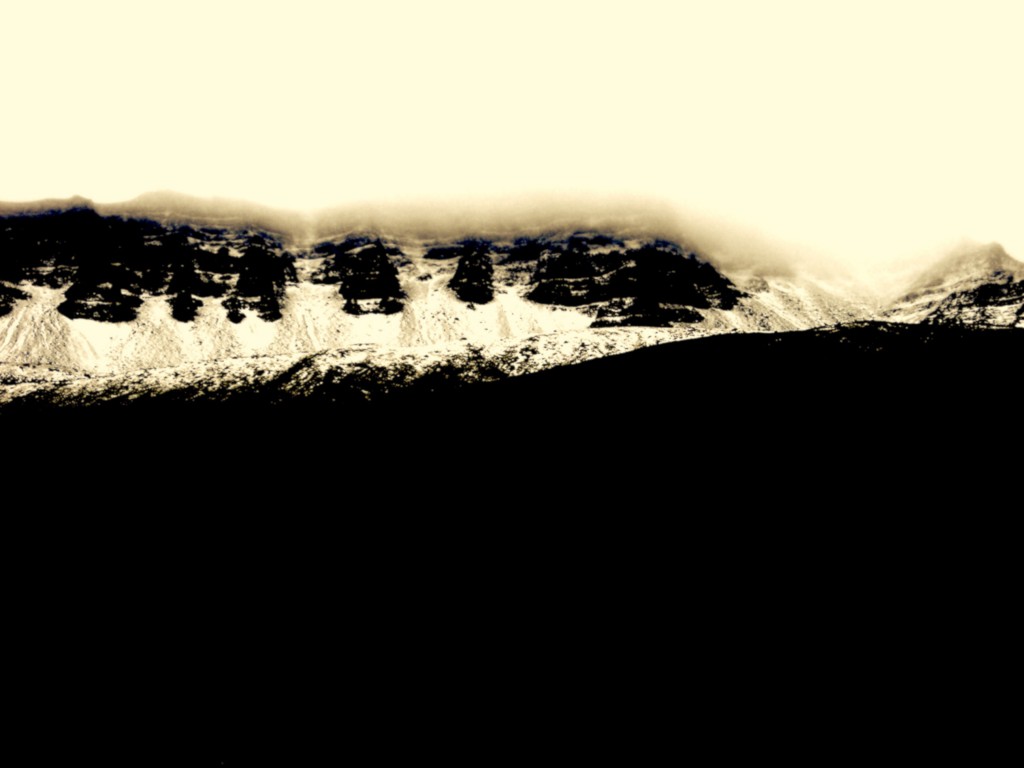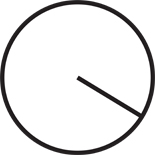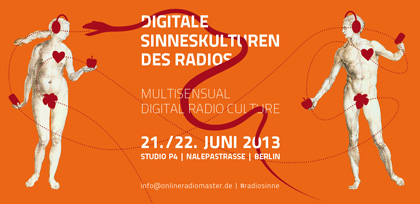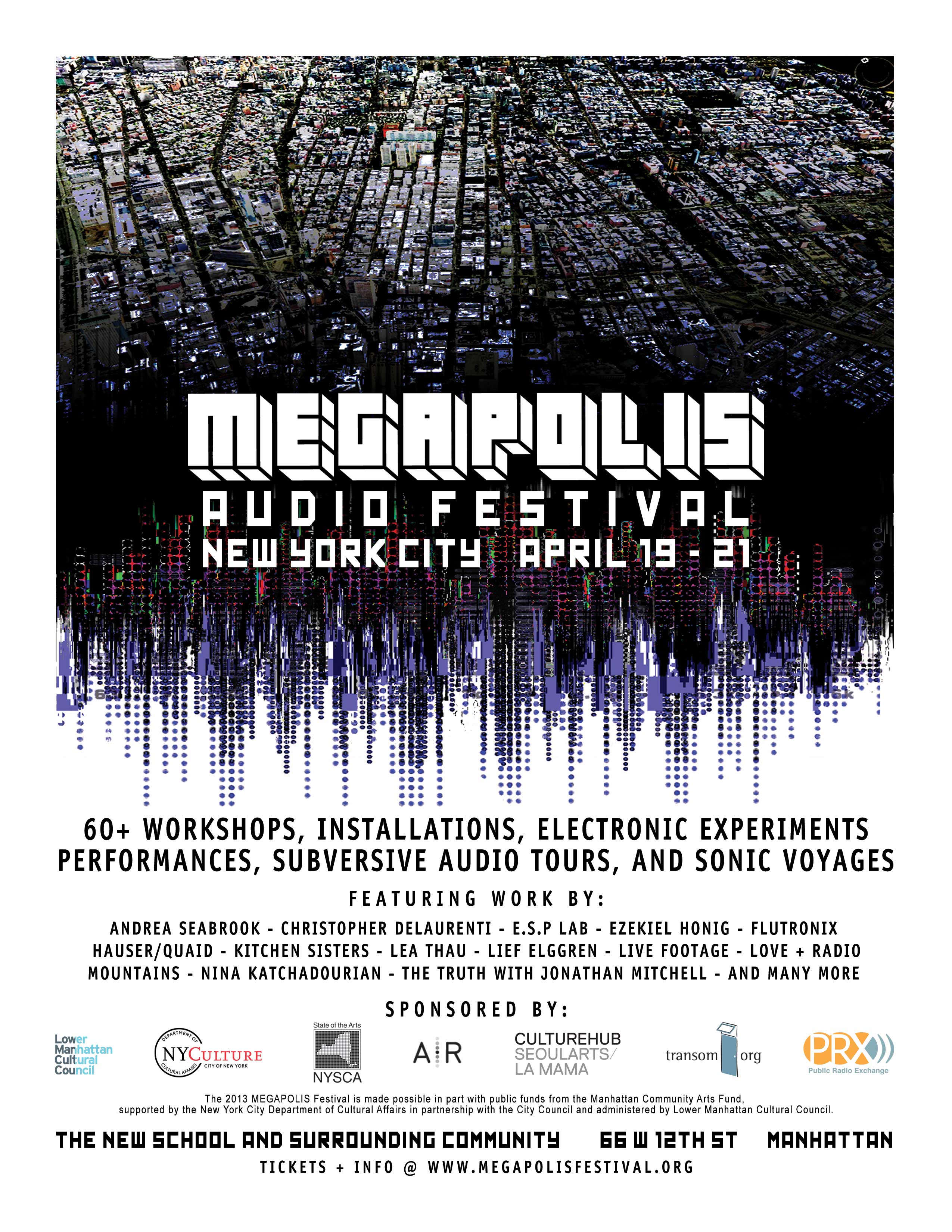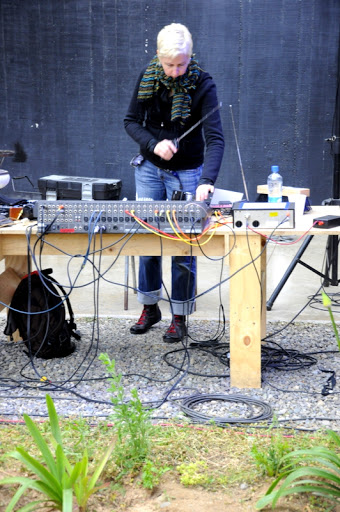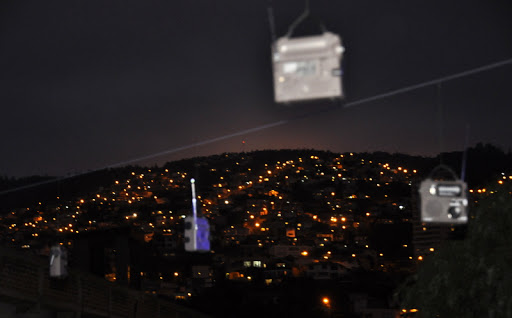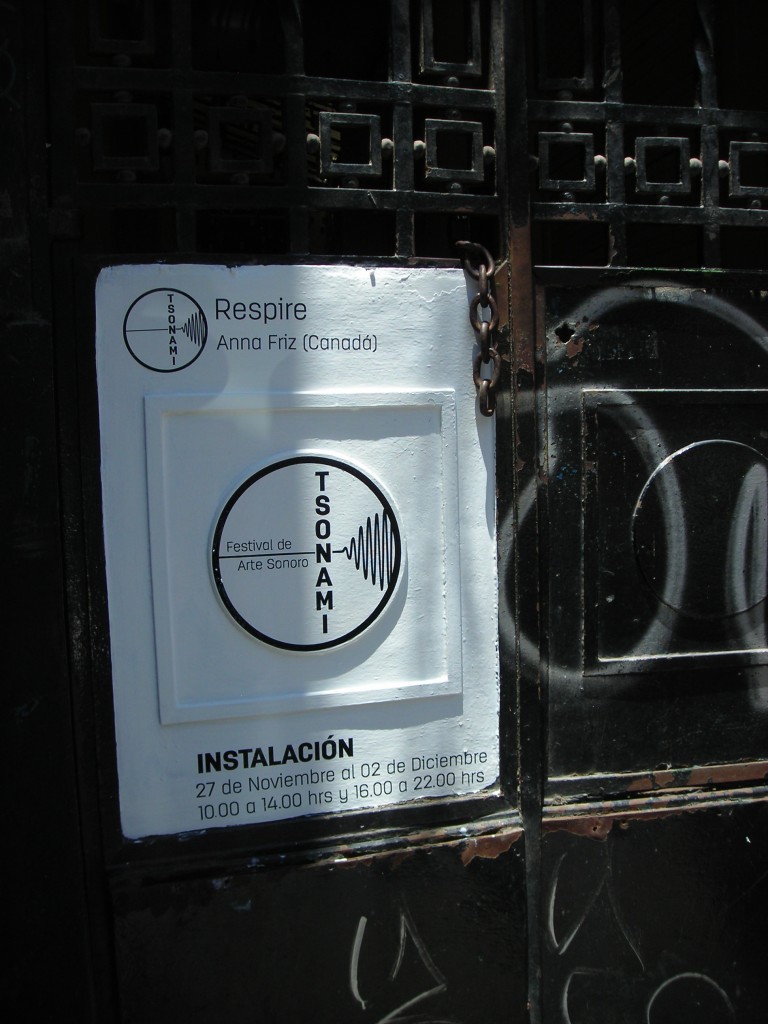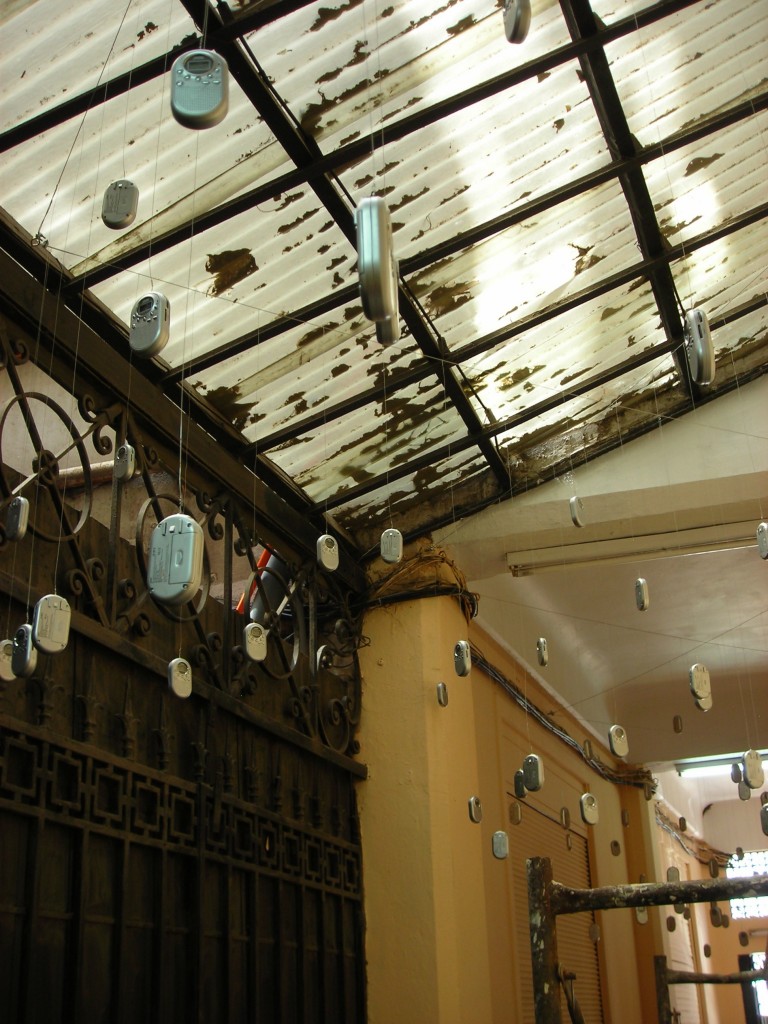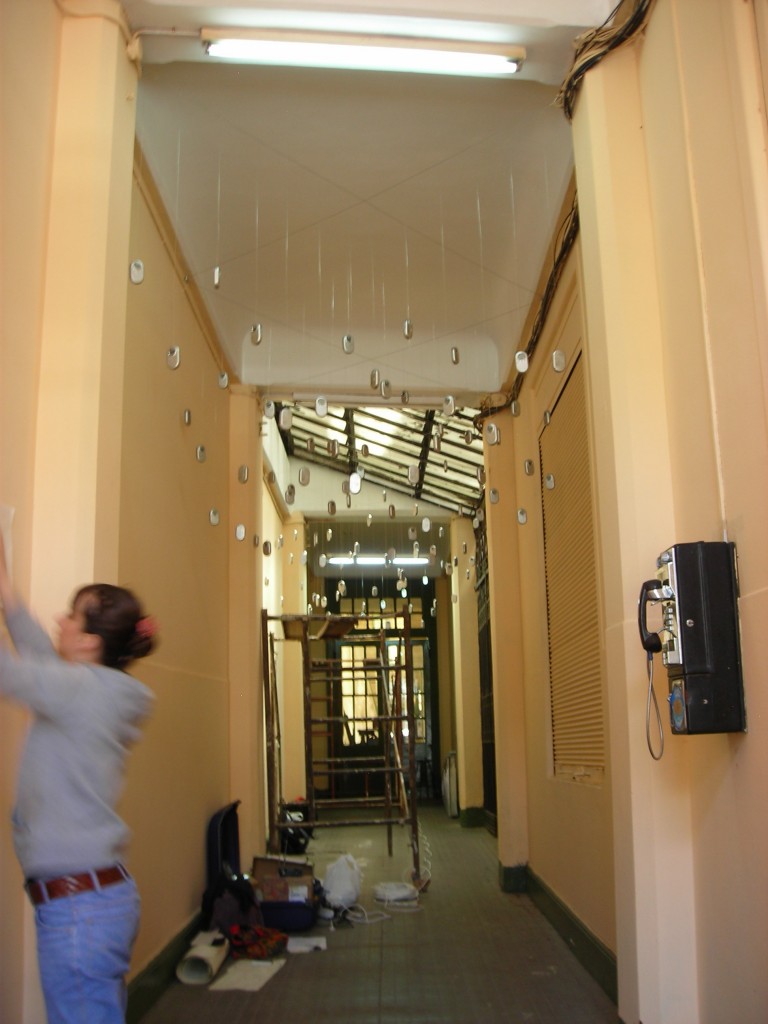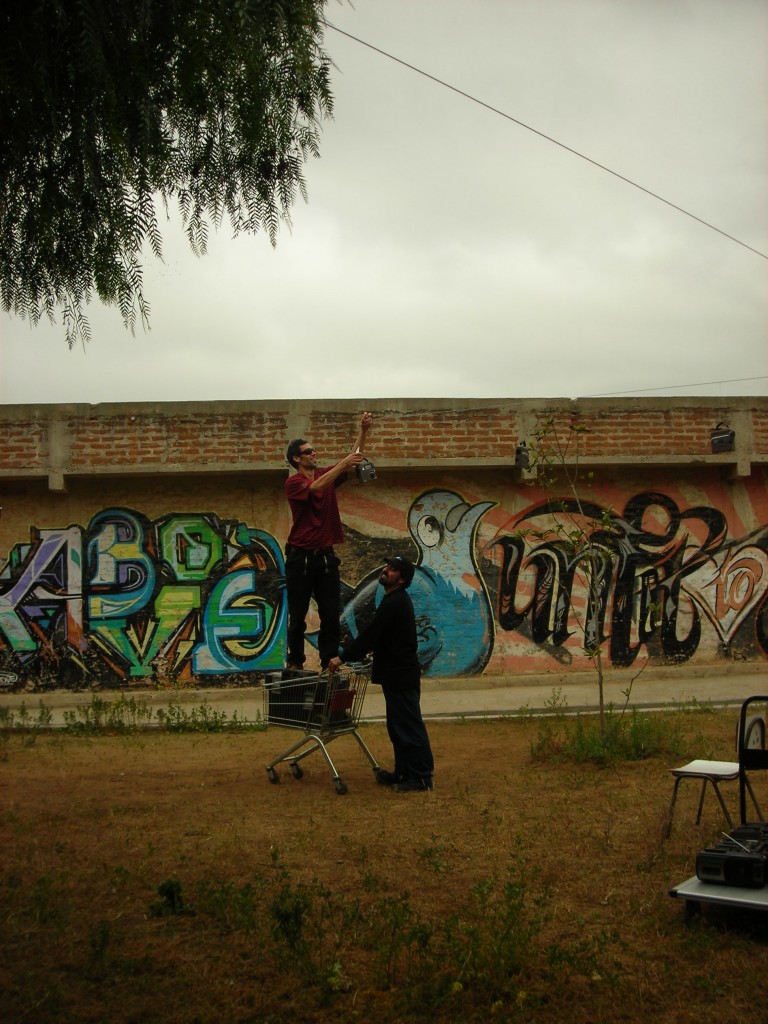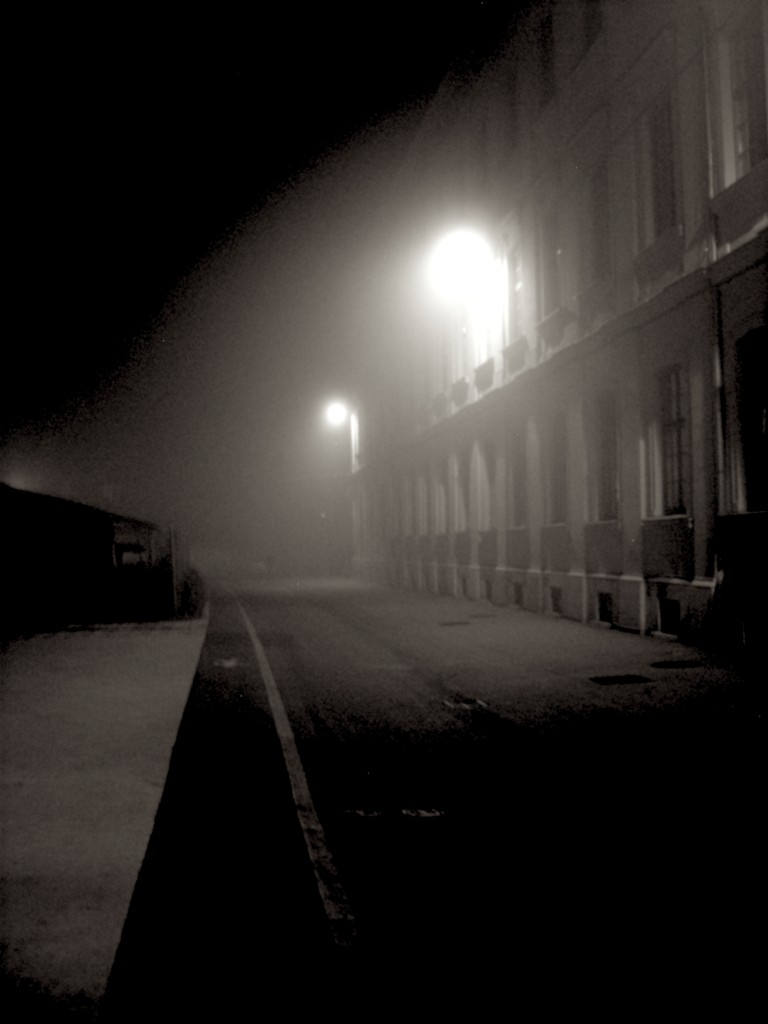
One night train from Berlin to Slovenia later… I’ve arrived in Ljubljana, and moved into to the artist residence at Tobačna 001, a cosy little apartment upstairs in the cultural centre run by the City Museum of Ljubljana on the sprawling grounds of an old tobacco factory. I’ll be here for two months, and working together with the artist-run group CONA (CONA Institute for Contemporary Arts Processing) to make “temporary radio for contemporary art”. A central project for CONA in 2013-2014 is REuse MESTO: REuse RADIO, and my contribution is to explore the potential in nighttime transmissions across urban space, under the title of City at Night:
With the advent of urban illumination and electricity, the city at night is a place of potential: filled with pleasure and danger, subversion, reclamation, and escape. The city at night is described by its transformation from the quotidian arena of day into sites of shadow and ambiguity, where some acts are hidden, while others take place under the scrutiny of precisely circumscribed light. The nocturnal world of radio is a similarly charged space of potential and possibility. Electro-magnetic activity is also the invisible print of the city, with overlapping fields of activity passing through the built environment. Signals converge and the city is imagined and made.
Many people remember tuning in to radio to hear a free-form overnight program, where the DJ had full choice on what to play, and was released from the strictures of programmed songs and advertisements after hours. Making radio for those not represented by the daily routine, but for those up late, working late, unusually awake–the invisible interaction between terrestrial, live broadcast and the city mostly asleep. Now most radio stations rely on automation over night, rebroadcasting music and talk radio imbued with the mood of day time, not the changeable atmospheres of night. But like the brick and concrete city which is transformed by different practices between day and night, nighttime radio is another kind of urban space to be reclaimed, rethought. What ambiguous relationships, what liminal territories, what reverie might be encountered and engaged after dark?
City at Night seeks to rethink and reframe urban spaces through its nocturnal signals, through incursions across the city after dark, from social spaces to empty places, resulting in live night radio performance, compositions, interventions and an ongoing installation. The gallery space associated with the Tobačna 001 residency will be turned into an open studio with an evolving radio installation, a hub which will function as a radio ‘station’ from which to broadcast and stream overnight from January 16-26 when a licensed city-wide FM frequency is available for use as radioCONA, and a space in which to hold performance or performance/lectures related to the topic of reusing and repurposing nighttime radio and the city.
All broadcasting will take place after dark and overnight, and I am particularly looking forward to programming some long-form and generative works for broadcast which can reflect the liminality of listening, night, and urban activity.
Most immediately, I will be holding a public lecture here next week, December 9, 2013, on the topic of REuse RADIO— an overview of radio and transmission art, my own artistic practices in the electro-magnetic spectrum, and some listening to works. December 10-11, 2013 I convene a working group of local artists emerging and established, so that we can embark on the process of creating transmission works to air or perform or present in January during the broadcast week of radioCONA.

My travel to Ljubljana is made possible by the Canada Council for the Arts, Media Arts division.

No Comments | In: news, research, transmission | tags: anna friz, CONA, radio art, radio art in Ljubljana, radioCONA, REuse MESTO: REuse RADIO, shameless self-promotion, Tobacna 001, transmission art. | #
